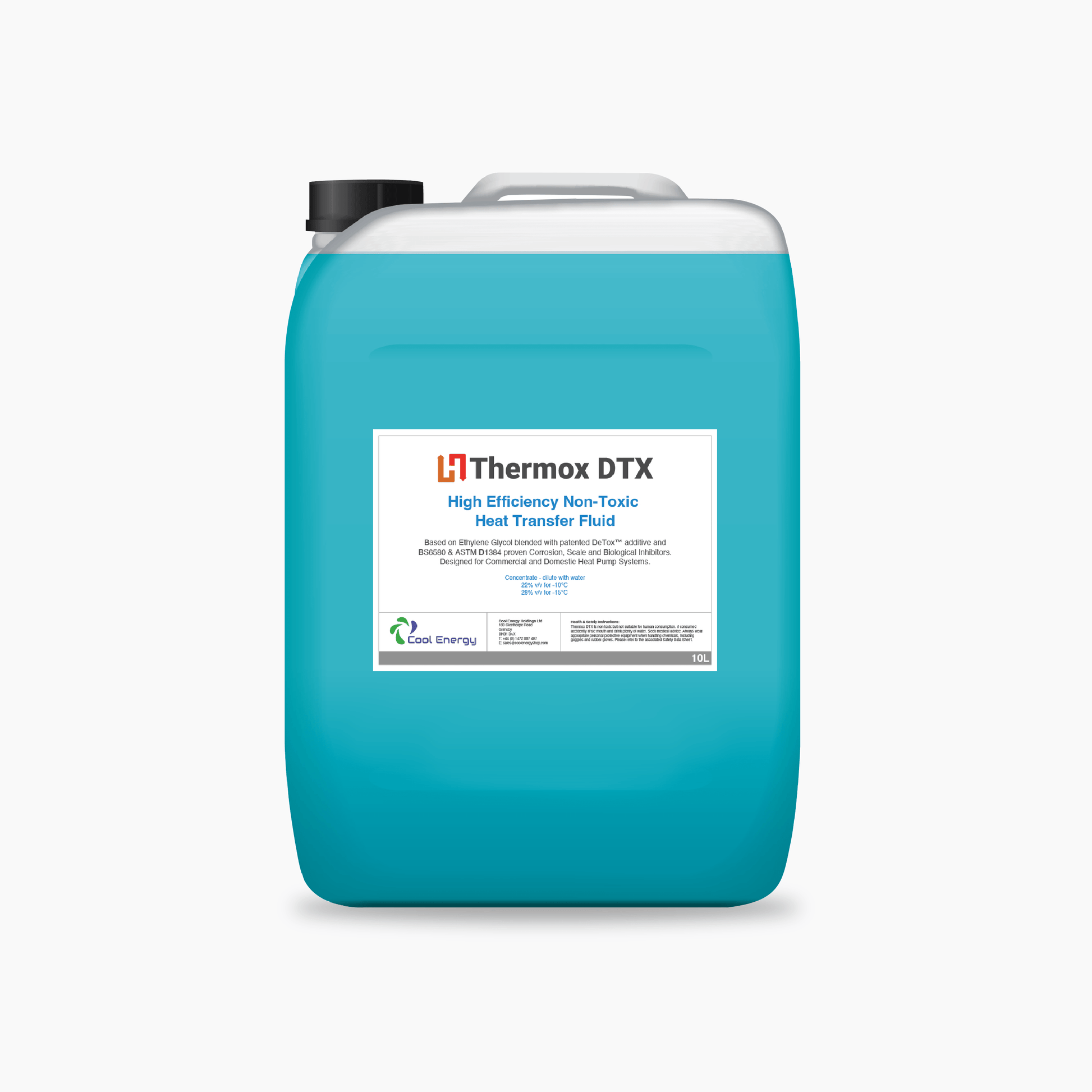How Warmth Transfer Fluid Contributes to Sustainable and Economical Operations
In the modern commercial landscape, the role of warmth transfer liquids (HTFs) in advertising sustainable and inexpensive operations can not be overemphasized. These liquids are pivotal in optimizing thermal monitoring systems, thus significantly boosting energy effectiveness and reducing functional expenses. The ecological benefits of innovative HTFs, with their high thermal stability and low toxicity, are indisputable. They not just extend system durability but likewise add to the reduction of dangerous emissions. Yet, real possibility of HTFs is realized with the careful selection process, making certain compatibility and security. What factors should direct this important option?
Comprehending Warm Transfer Liquids
In the world of thermal administration, warmth transfer liquids (HTFs) act as necessary representatives for transferring thermal energy from one location to another. These liquids play an essential duty in numerous commercial applications, including chemical handling, power generation, and cooling and heating systems. HTFs are particularly crafted to operate within a wide variety of temperatures, efficiently promoting the transfer of heat while preserving a stable thermal account. Their capacity to work under extreme conditions-- whether high temperatures or cryogenic degrees-- makes them vital in atmospheres demanding precise thermal control.
The structure of heat transfer liquids can vary dramatically, including options such as mineral oils, artificial oils, glycols, and molten salts. Each kind provides distinct benefits, such as enhanced thermal security, low thickness, and high boiling points, which are picked based on details operational requirements. Furthermore, the selection of HTF impacts not just the efficiency of warm transfer however also the long life and safety and security of the system in which it is utilized.
As sectors remain to innovate, the development of innovative HTFs, defined by their boosted thermal conductivity and decreased environmental effect, is crucial for meeting the needs of modern-day thermal monitoring challenges.

Enhancing Power Efficiency

Improving energy effectiveness has ended up being a vital issue throughout numerous sectors, prompting a more detailed assessment of heat transfer liquids' duty in maximizing thermal monitoring systems. These liquids are important to preserving the wanted temperature level in procedures, consequently lessening energy waste and enhancing overall system efficiency. By choosing a suitable heat transfer liquid, sectors can dramatically enhance their power performance, resulting in decreased energy intake.

Advanced formulations of warm transfer liquids have actually been established to withstand severe temperatures while keeping stability and effectiveness. Boosting energy effectiveness via optimal heat transfer fluid choice is not just a technological need but also an environmental critical.
Decreasing Operational Expenses
Operational expenses next page are a substantial factor to consider for industries seeking to maintain competitive advantage, and the choice of warm transfer liquid plays an essential role in cost administration. Choosing a suitable warmth transfer liquid can bring about significant price financial savings by boosting system performance and minimizing power usage. High-performance fluids reduce thermal deterioration, which consequently decreases the regularity of liquid substitute and downtime related to maintenance, thereby reducing operational expenses.
Additionally, warm transfer fluids with exceptional thermal stability and deterioration resistance extend the life-span of tools. This minimizes the requirement for frequent repairs and substitutes, which can be costly and disruptive to procedures. By purchasing top notch fluids, industries can attain long-lasting decreases in upkeep expenses and improve the integrity of their systems.
In addition, advanced warmth transfer liquids often exhibit reduced thickness at operating temperatures, which boosts pump performance and lowers energy use in fluid circulation. This optimization of power intake directly converts right into lowered operational prices. Several contemporary warmth transfer fluids are crafted to run efficiently over a vast temperature array, reducing the requirement for numerous fluid types, therefore enhancing inventory demands and lowering associated expenses. These variables collectively contribute to more lasting and economical procedures.
Environmental Effect Reduction
The push in browse around this site the direction of minimizing ecological effect has actually gotten momentum in industries leveraging warm transfer fluids. Business are progressively acknowledging the relevance of reducing eco-friendly impacts by embracing sustainable practices. Heat transfer fluids (HTFs) play a critical role in this transition, offering possibilities to boost power effectiveness and decrease discharges. By selecting HTFs with high thermal stability and reduced poisoning, markets can guarantee minimal leak and degradation, thus minimizing hazardous environmental launches.
Moreover, the usage of sophisticated heat transfer fluids contributes to better system effectiveness, reducing the total energy consumption. This reduction not just results in expense savings however also reduces co2 exhausts, aiding in the battle versus climate adjustment. Liquids that are naturally degradable and recyclable even more enhance sustainability initiatives, as they diminish waste and advertise circular economy methods.
Furthermore, incorporating HTFs right into closed-loop systems prevents fluid loss and contamination of the surrounding atmosphere. This approach makes sure that liquids check these guys out are reused, minimizing the need for new sources and restricting waste generation. By accepting these eco conscious methods, sectors can considerably reduce their eco-friendly effect while keeping high operational efficiency, lining up with worldwide sustainability objectives and regulatory needs.
Selecting the Right HTF
Choosing the appropriate warm transfer liquid (HTF) is an essential action in advancing environmental sustainability within industrial procedures - heat transfer fluid. An ideal HTF should have a high thermal capacity, low thickness, and high thermal conductivity to make certain reliable warm transfer.
This makes sure longevity and minimizes maintenance prices. The liquid must be non-toxic and naturally degradable, reducing its eco-friendly impact and guaranteeing conformity with environmental guidelines.
Conclusion
